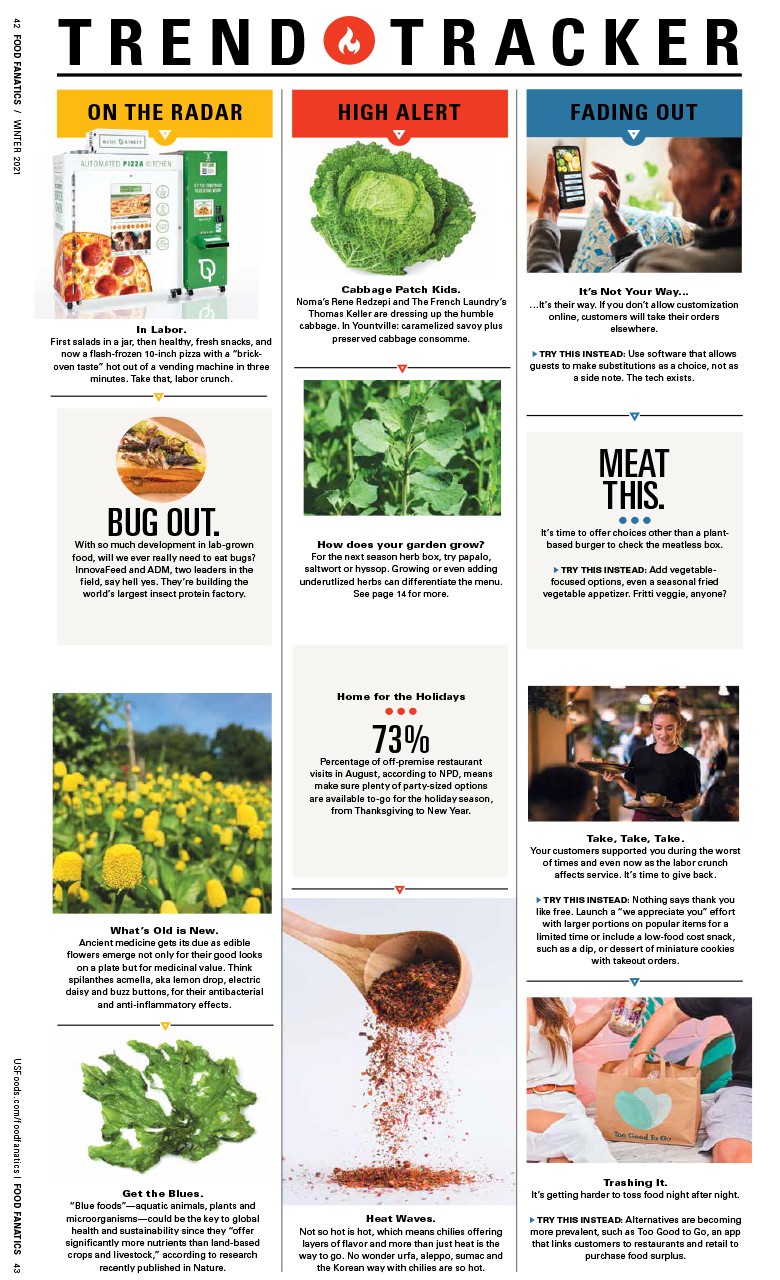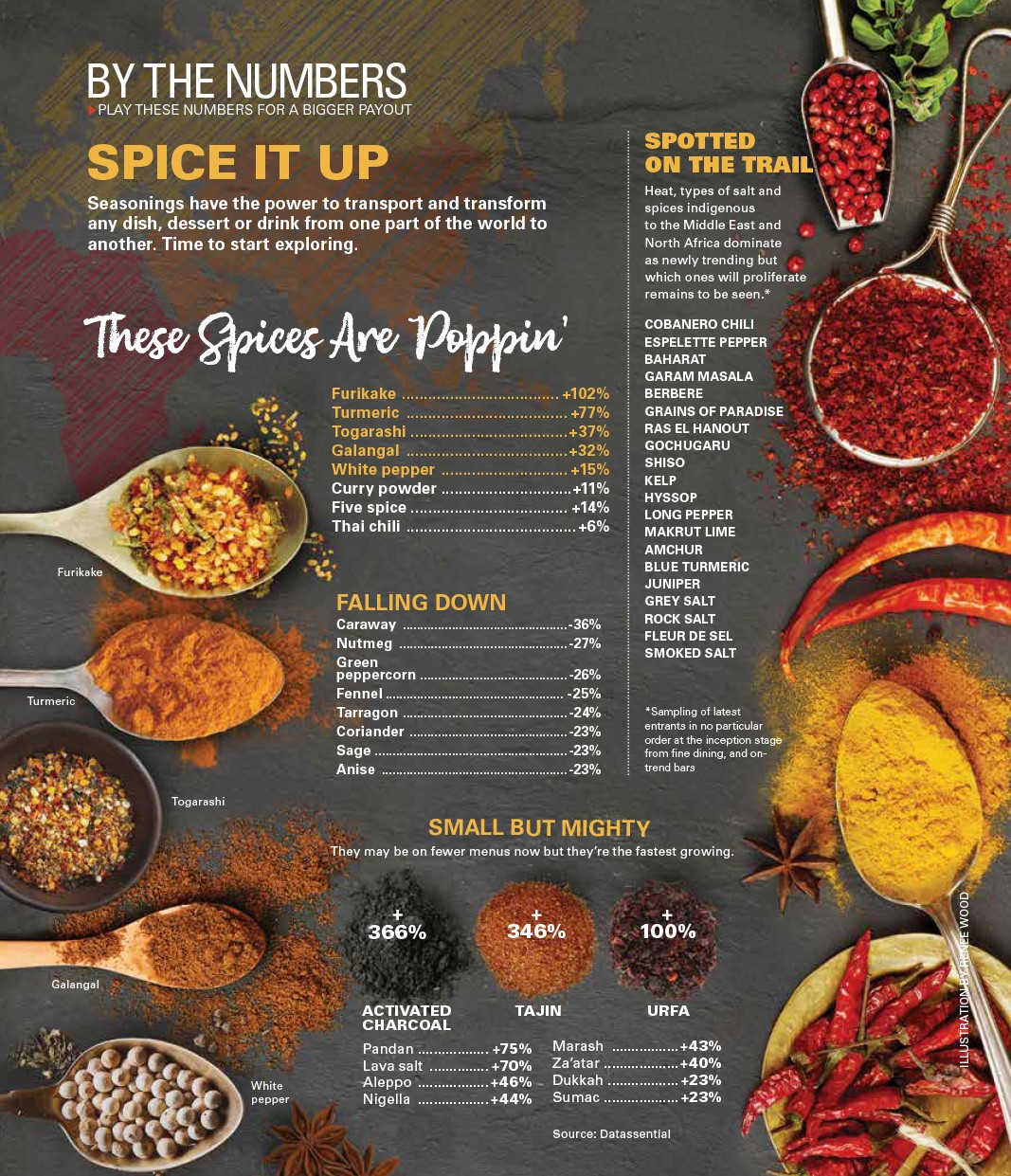5 Sources of Inspiration for Menu Storytelling
Intrigue diners with a menu that brings meaning to the food.
A story can be found just about anywhere in a restaurant, from the back of the house to the bar. It often starts small—a morsel of information that just needs a few details to become something more, something memorable. Once formed, the story can help build a connection with the diner and reinforce the restaurant’s brand. Here are five ideas for building and expanding a concept's story.
1. Bring Purveyors to Life
Farmers get all the cred, but interesting details go beyond protein and produce. Consider the people behind the restaurant’s everyday ingredients, whether they're artisanal operators or part of a conglomerate. Maybe it's a spice company or the region on the other side of the world where the beans for the coffee grow. Chances are, every dry product or item in a restaurant’s walk-in has a history—even better if that history involves a company that started out as a mom-and-pop operation. Use these details to build interest around supporting ingredients on the menu.
2. Tie in Seasonality
Seasonal produce is an endless source of dialogue for servers. From the origin of seeds for the vegetables on the menu to hoop houses that allow farmers to offer hardy greens at the beginning of spring and bring tomatoes to harvest earlier, sharing these details about growing methods helps diners connect with their food on a deeper level.
3. Mine the Commodity Boards
Just about everything on a menu is represented by a commodity board, whether it's Idaho potatoes, eggs, beef or seafood. These entities’ websites are often a treasure trove of information and fun facts around which menu descriptions and stories about dishes can be created.
4. Tap Staff
All employees have personal stories and memories of favorite childhood dishes. Chefs regularly tap employees for their grandmothers’ recipes, but managers can take it a step further. For example, during staff meetings, ask employees what they ate on their day off, what their favorite foods are, whether they have hobbies and how they spend their downtime. This can provide a narrative pertaining to the concept that the team can share with diners.
5. Follow the Food Trail
Consumers are more interested than ever before in the origin of their food. Satisfy that desire with stories about the menu. The intent here is not to achieve transparency—though that is a plus—but rather, to share information about an ingredient, such as where the fish once swam or where the tree grew that supplied the wood for smoking meat.
Find pointers for bringing your restaurant’s history to life for diners in “What’s Your Story?”



